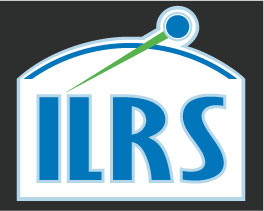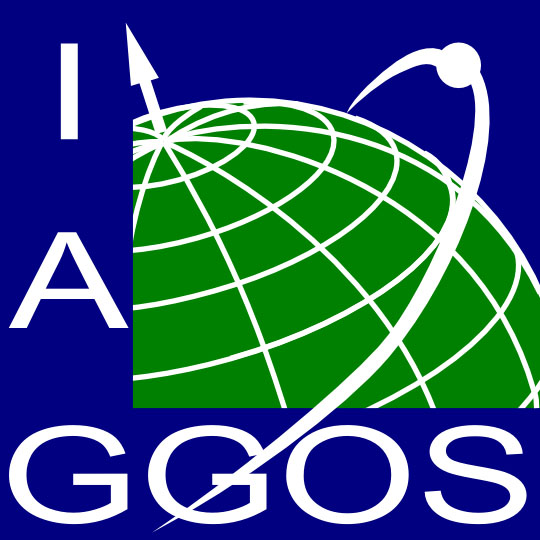Quick Links
- Network Map
- List of Stations
- Monthly Report Card
- Quarterly Report Card
- Network Status Page
- Potsdam CPF time bias service
- Procedure for estimating laser beam divergence
- Recent Station Upgrades
- Network station application form
- Revised ILRS station screening process at ILRS Operations Centers (NASA and EDC)
Data Corrections
SLR stations are capable of measuring ranges very precisely and accurately, but a misconfigured SLR system sometimes introduces systematic errors in the data. Engineering analysis can uncover the error sources and frequently corrected range data is recoverable.
Currently data corrections are available in two formats (free format and pseudo-SINEX). Data Corrections pre 1 January 1999 are in free format available from slr_problems_index.html . Data Corrections post Jan 1, 1999 are available in pseudo-SINEX format (Reference SLRmail#1020).
Files have been created by the ILRS Analysis Working Group for use with SLR data; these files are maintained by (and accessible from) DGFI on behalf of the AWG:
- The ILRS Discontinuities File is used to keep track of the various solution numbers and includes the information available after each new development of an ITRF.
- The ILRS Data Handling File summarizes, in a common format, all information on range, time or pressure errors from all SLR tracking stations, adopted by the ILRS Analysis Working Group. Additionally, the file contains a list of stations with periods of data to be excluded from processing. Here you can access the annotated version of the file for this release with an introductory memo highlighting the extensive changes implemented in April 2020.
Station-dependent Target Signature Corrections (CoM)
The ILRS AWG has adopted since October 1st 2013, a new station- and time-dependent model for the corrections to be applied to SLR data from each geodetic target, to account for the fact that the laser reflector arrays (LRA) are not responding as "points" and they are not located at the center of gravity of the spacecraft. This commonly termed "Center of Mass—CoM" correction depends on various factors, beyond the obvious one of the geometry of the spacecraft. One of these is the mode of operation of the tracking system, which can change at times due to various considerations and decisions of the station crew. Based on these and the post-processing treatment of the raw data in forming the commonly used Normal Points (NP) at the station, one can develop for each spacecraft a table of appropriate CoM corrections to be applied during data reduction.
José Rodríguez (IGN, Spain) in collaboration with Graham Appleby (BGS, UK) and Toshimichi Otsubo (Hitotsubashi University, Tokyo, Japan) has modelled the most relevant effects to compute tables of CoM corrections for the geodetic satellites LAGEOS, LAGEOS-2, Starlette, Stella, Ajisai, LARES, and LARES-2. The corrections attempt to account to the best extent possible for the relevant documented change in configurations at the laser ranging stations of the ILRS. The latest models are available from a data server at IGN Spain (see below). The tar files contain the data tables, and example software to read this information to return the desired CoM value for a particular satellite on a certain date. Users should read carefully the ILRS Data Handling File (DHF) and use the CoM model specified in the Data Handling File. This is because the applied biases for ILRS stations in the DHF are tied to the CoM model that is used.
When using these CoM models in analysis of SLR data, the following citation should be used:
Rodríguez J., Appleby G. & Otsubo, T. (2019). “Upgraded modelling for the determination of centre of mass corrections of geodetic SLR satellites: impact on key parameters of the terrestrial reference frame”, J. Geodesy, 93, 2553–2568, doi:10.1007/s00190-019-01315-0
A summary of recent updates is also available in a technical report prepared by José Rodríguez:
Rodríguez J C. (2022). “Centre of mass corrections updates for geodetic spherical satellites: Changes in the latest releases in preparation for the computation of ITRF2020 products”, Technical Report IT-CDT 2022-11, Yebes Observatory, Spain, Nov. 22, 2022
The derivation of the CoM correction for LARES-2 is discussed in the following presentation to the 2023 (Virtual) ILRS Workshop:
Rodríguez J., Appleby G., Neubert R., Otsubo T., Susnik A. (2023). “LARES-2 Center-of-mass corrections”, Presentation at the 2023 Virtual ILRS Workshop: URL: https://ilrs.gsfc.nasa.gov/lw23/docs/presentations/S01/3_RodriguezJC.pdf
Link to download the latest CoM models for the geodetic satellites:
URL: https://datos-geodesia.ign.es/SLR/centre_of_mass_models/
Related information:
- More information on Satellite Center of Mass Corrections
- More CoM satellite corrections
- NASA Official: Frank Lemoine
- Web Developers: 610 Web Dev
- Contact Us
- Last modified date: May 22, 2025
- Privacy Policy & Important Notices




